While pressure surrounding US tariff policies weighed on energy prices, concerns about supply shortages boosted buying in the metals market.
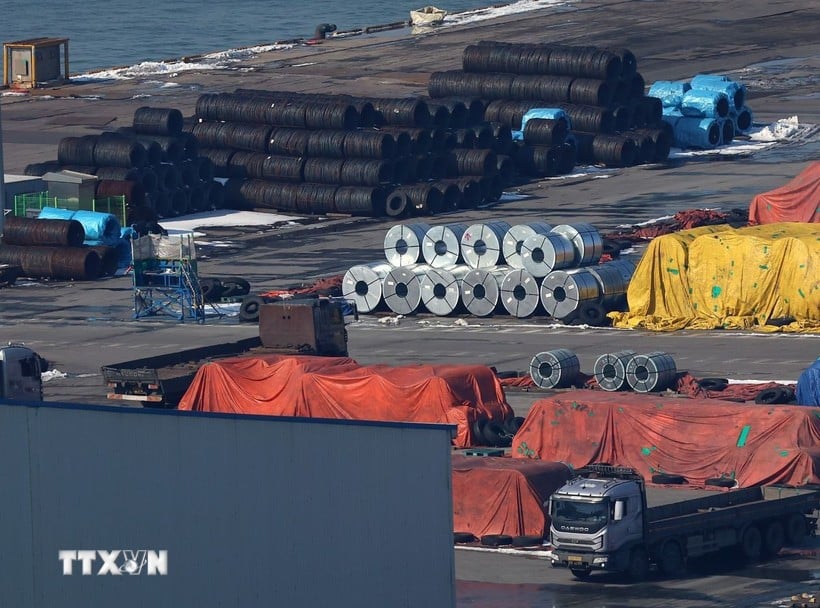
According to the Vietnam Commodity Exchange, at the end of the trading session on July 10, the world raw material market recorded clear differentiation.
While pressure surrounding US tariff policies weighed on energy prices, concerns about supply shortages boosted buying in the metals market.
Closing, the MXV-Index was almost flat, remaining stable around 2,213 points.
According to MXV, red covered the energy market in yesterday's trading session when concerns surrounding the White House's tariff policies were still present; in which, the prices of both crude oil products decreased by more than 2%.
Specifically, Brent oil price fell below the threshold of 70 USD/barrel, stopping at 68.64 USD/barrel, corresponding to a decrease of 2.21%. Meanwhile, WTI oil price decreased by 2.65%, falling to 66.57 USD/barrel.
The latest concerns in the international market are still focused on the growing tension in trade relations between the US and Brazil, Latin America's largest economy .
In a recent move, Brazilian President Luiz Inacio Lula da Silva expressed his desire for dialogue, affirming his readiness to sit at the negotiating table with the US to resolve current disagreements.
However, Mr. Lula also did not forget to warn about the possibility that Brazil will have appropriate countermeasures if the US government officially imposes new tariffs expected to take effect from August 1.
Brazil is now one of the world's largest agricultural exporters, with key commodities including coffee, beef, sugar and ethanol feedstocks.
In the current context, the US Government continues to announce new tariff measures applicable to imports from many countries, including the Philippines and Iraq, as well as many specific items such as pharmaceuticals and semiconductor materials.
This move not only increases pressure on the global supply chain but also makes the international market more cautious about the risk of escalating trade tensions.
The current situation also makes the prospect of the US Federal Reserve (Fed) cutting its base interest rate soon increasingly remote. According to the minutes of the latest meeting just released by the Fed on July 9, most officials agreed that the current high interest rate, fluctuating between 4.25-4.5%, is necessary to protect the economy from the risk of inflation returning, in exchange for the possibility of narrowing economic activities in the US and reducing energy demand in the world's largest economy.
In addition, oil prices continue to be under pressure from the possibility of increased supply from the OPEC+ group. After the decision on the production increase in August was made; new information appeared in the market about the possibility of OPEC+ increasing production in September by up to 550,000 barrels/day, raising concerns about the prospect of a global supply surplus.
On the other hand, the metal market yesterday saw prices of 9 out of 10 commodities increase simultaneously. Among them, iron ore prices jumped 3% to 99 USD/ton, marking the third consecutive increase, amid growing concerns over a short-term local supply shortage.
In recent trading sessions, iron ore prices have recorded a recovery trend as the market is concerned about the risk of short-term supply disruptions.
The cause comes from the complicated stormy weather situation in China, especially the impact of storm Danas.
According to Chinese television, typhoon Danas is forecast to cause heavy rain and put important ports in Fuzhou and Xiamen cities on flash flood warning, potentially affecting the transportation of iron ore for steel production in the country in the near future.
Meanwhile, according to data from commodity analysts LSEG and Kpler, China's iron ore import demand in June was estimated at 110 million tonnes, the highest level since the beginning of the year and up sharply by 13% compared to 97.4 million tonnes in the same period last year.
A combination of adverse weather conditions and strong demand for iron ore imports has provided short-term support for iron ore prices. However, the medium-term outlook for the commodity remains largely dependent on the speed of recovery in the real estate market and economic stimulus measures from Beijing. In addition, medium-term iron ore prices still face many risks, especially from policy factors and the domestic steel demand base.
One of the significant headwinds to iron ore prices right now is Beijing's aggressive restructuring of the steel industry.
According to the plan, China is expected to cut about 50 million tons of crude steel in 2025, equivalent to nearly 5% of total annual crude steel output.
This move is expected to significantly reduce demand for input materials in steel production such as iron ore, thereby creating great pressure on prices in the medium term./.
Source: https://baolangson.vn/thi-truong-hang-hoa-nguyen-lieu-the-gioi-gia-cac-mat-hang-kim-loai-khoi-sac-5052908.html





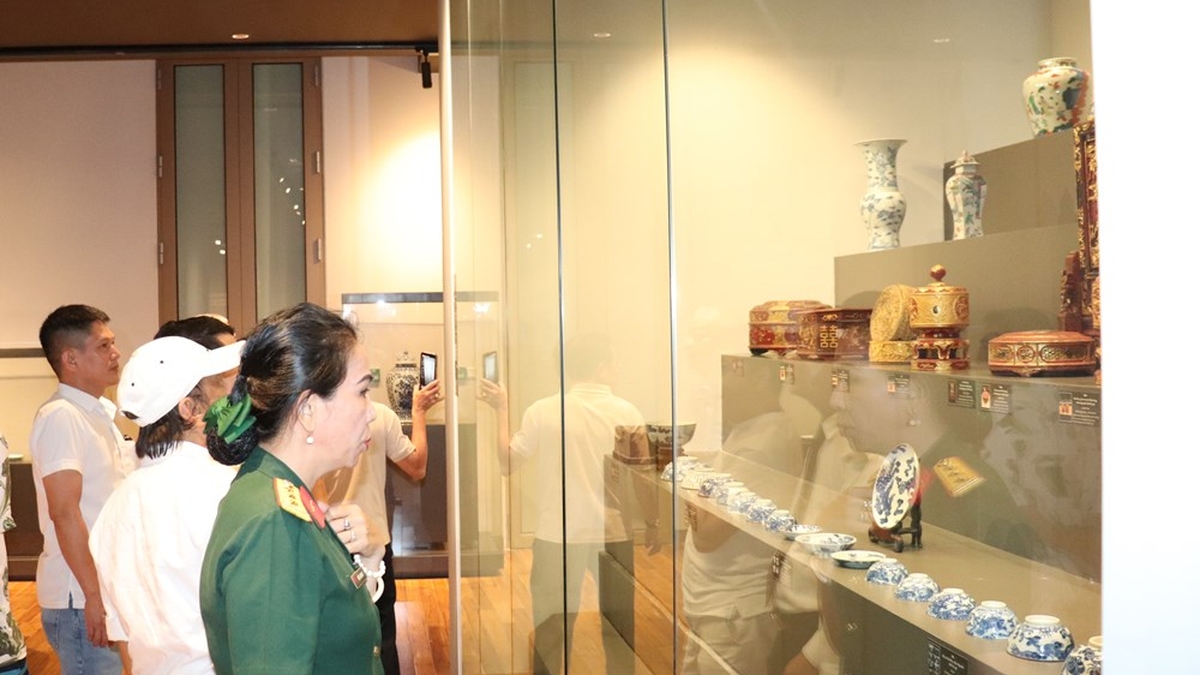
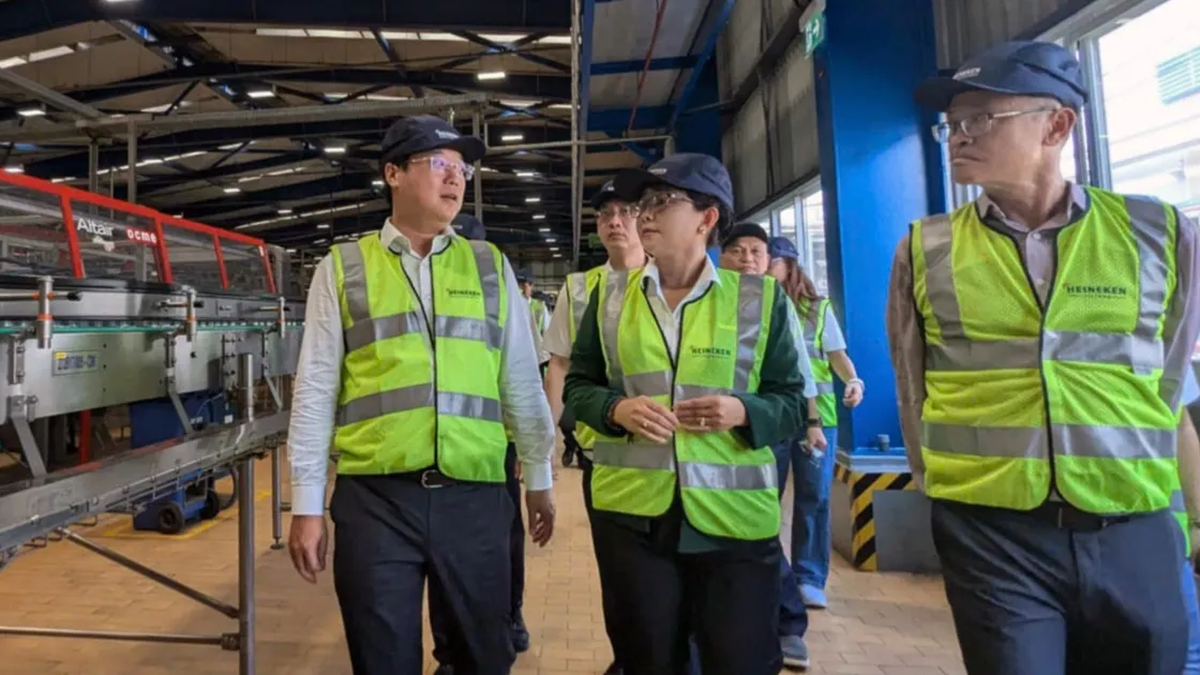

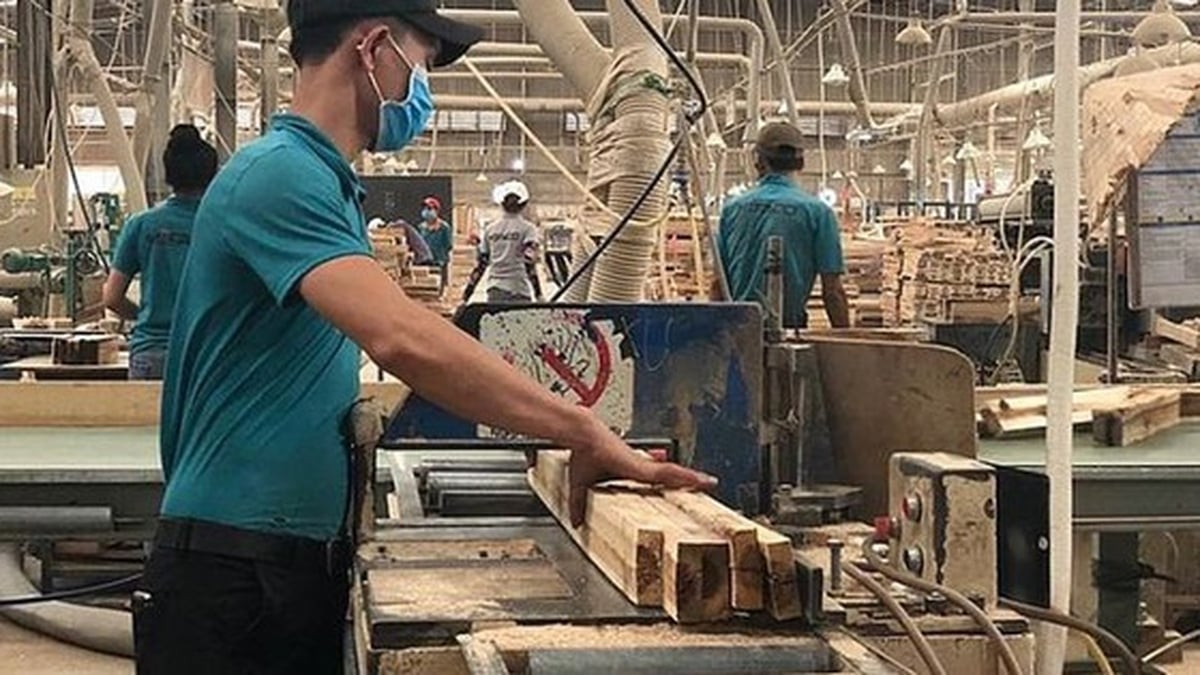

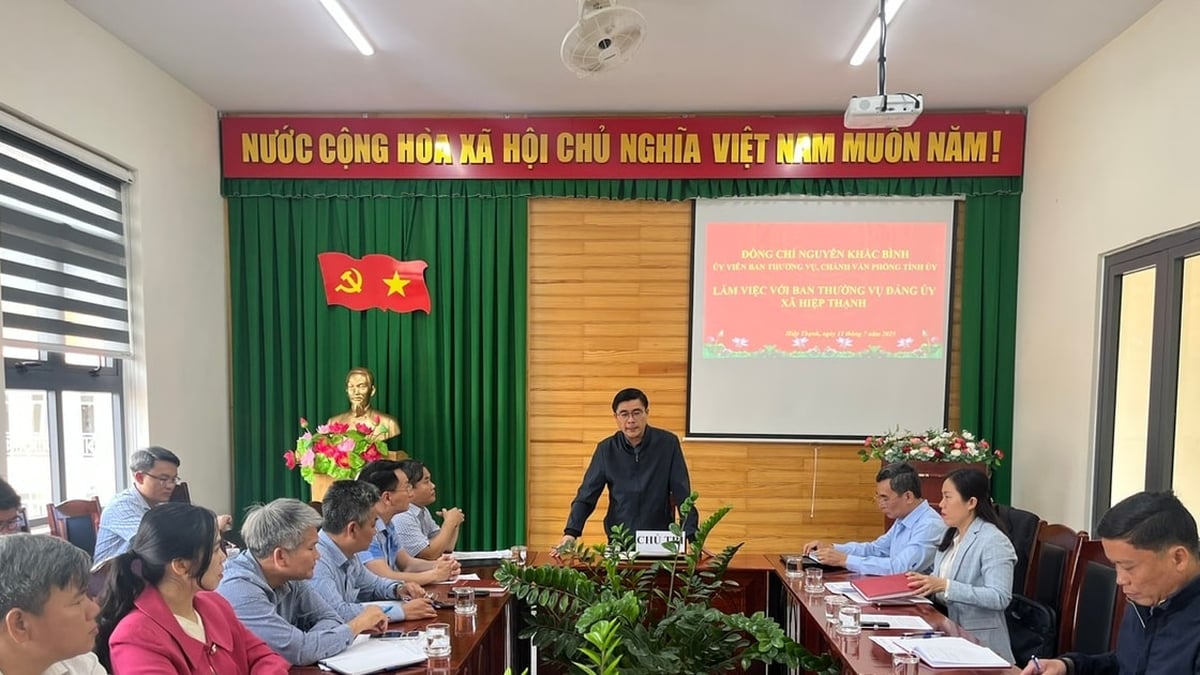
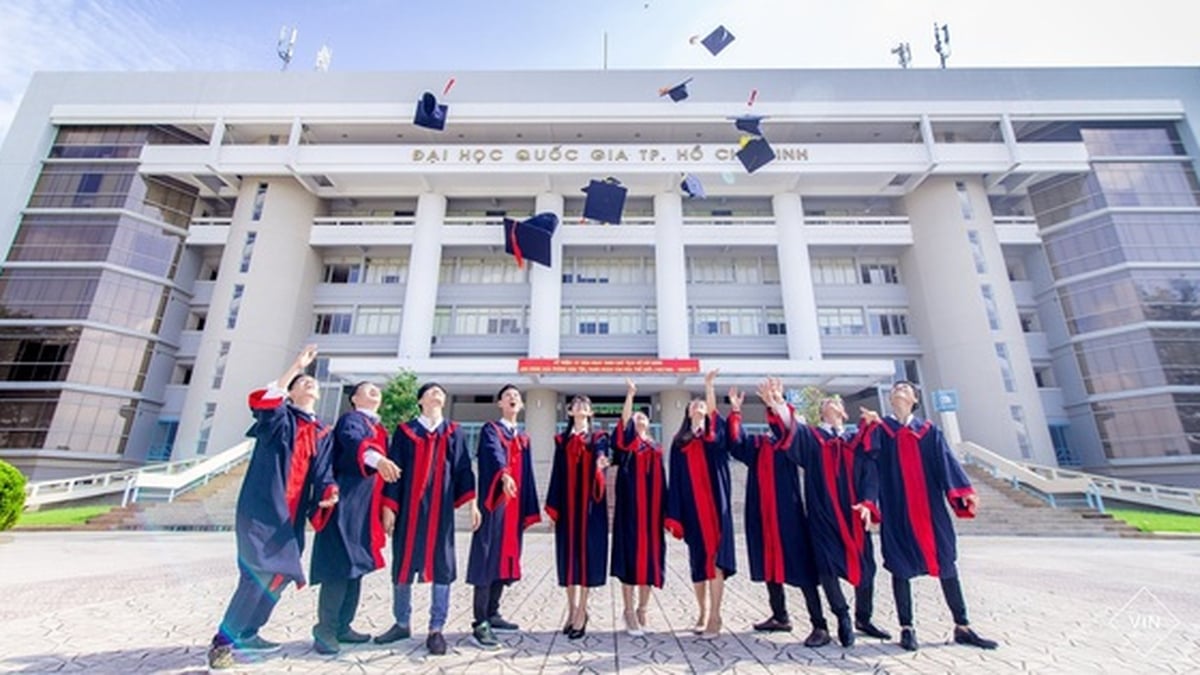











![[Photo] Gia Lai provincial leaders offer flowers at Uncle Ho's Monument with the ethnic groups of the Central Highlands](https://vphoto.vietnam.vn/thumb/1200x675/vietnam/resource/IMAGE/2025/7/9/196438801da24b3cb6158d0501984818)



































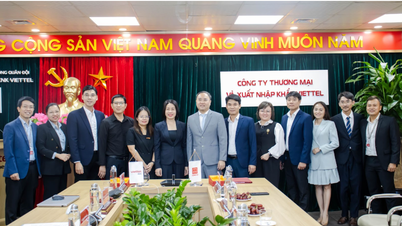





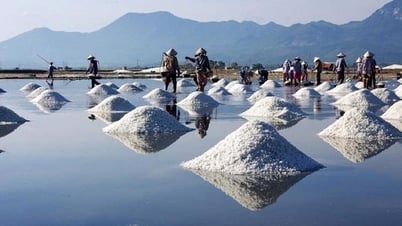
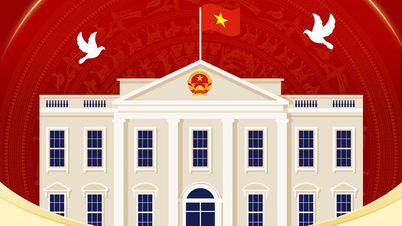

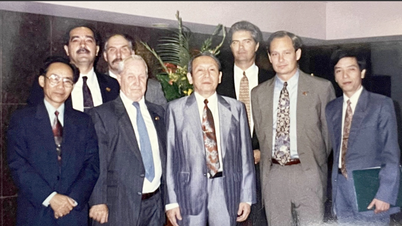


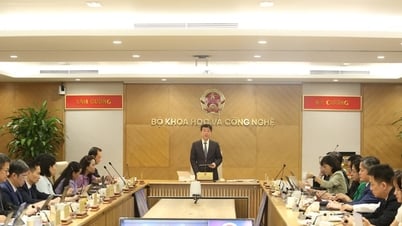


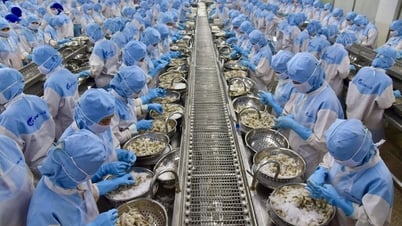




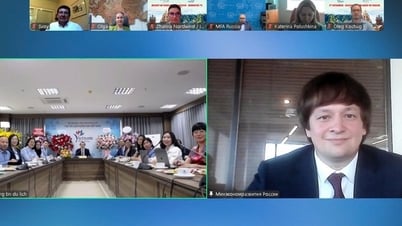





















Comment (0)